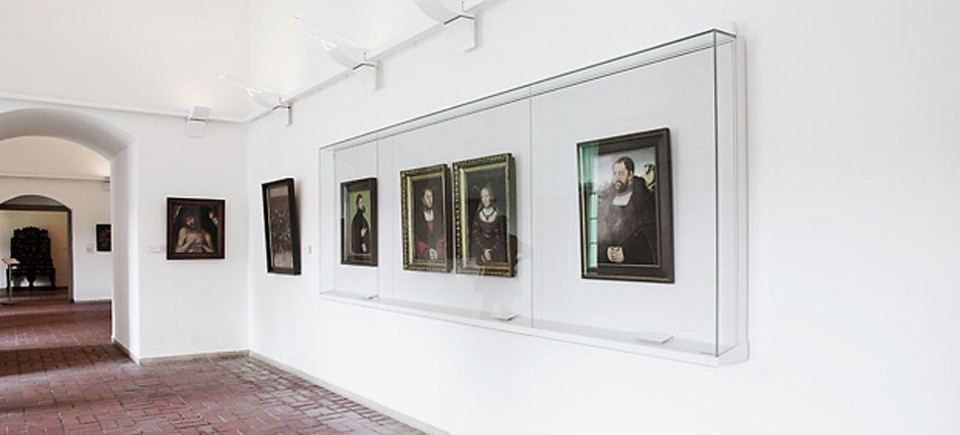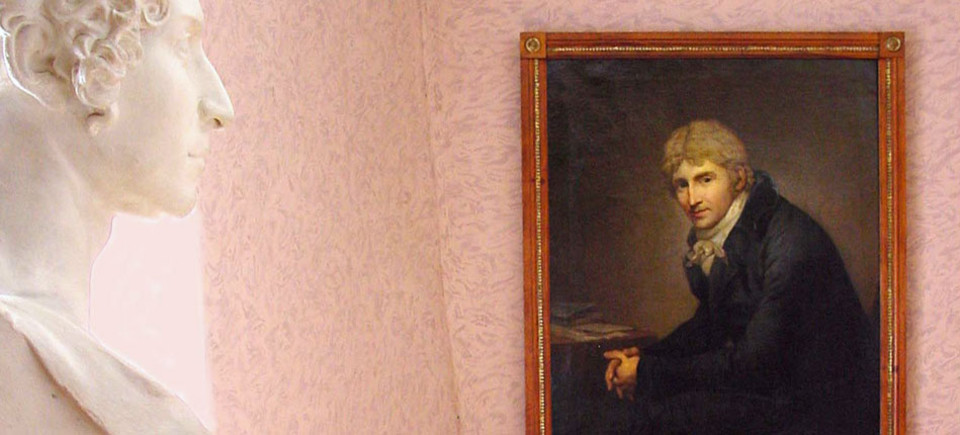Martin Luther in Weimar
An undiscovered relationship
Martin Luther's ties to Weimar are closer than is generally known. Luther's sovereigns, who chose Weimar as their secondary residence in 1513 and as one of their prime residences in 1531, were the reason he visited the city so frequently between 1518 and 1540. As part of Elector John's entourage, and later John Frederick's, Luther gave counsel about the implementation of the Reformation and received instructions. The Franciscan monastery at the palace served as one of his places of accommodation, which is now commemorated by a plaque.
During his visits Luther repeatedly preached in the Palace Church and in the Town Church St. Peter and Paul. In the latter, now called the Herder Church, Lucas Cranach the Elder's painted three-winged altar (1552-53) is located. The altar is a major pictorial representation of the Lutheran doctrine, in which the reformer himself is depicted, symbolically pointing to the bible.
Weimar has numerous top-class artefacts from the Reformation. Thuringia's Main State Archives has important letters written by Luther and his supporters. The Duchess Anna Amalia Library and the Weimar Classic Foundation's art collection have thousands of illustrations and prints from the 16th century.
The Critical Complete Edition of Luther's work has been published since 1883, the reformer's 400th birthday. There are now 117 volumes and their publication continues. Because this monumental series was printed by publisher Hermann Böhlau in today's state archives in Weimar for many years, it is commonly known as the Weimarer Ausgabe. Luther and Weimar, a relationship about which there is still much to discover.


